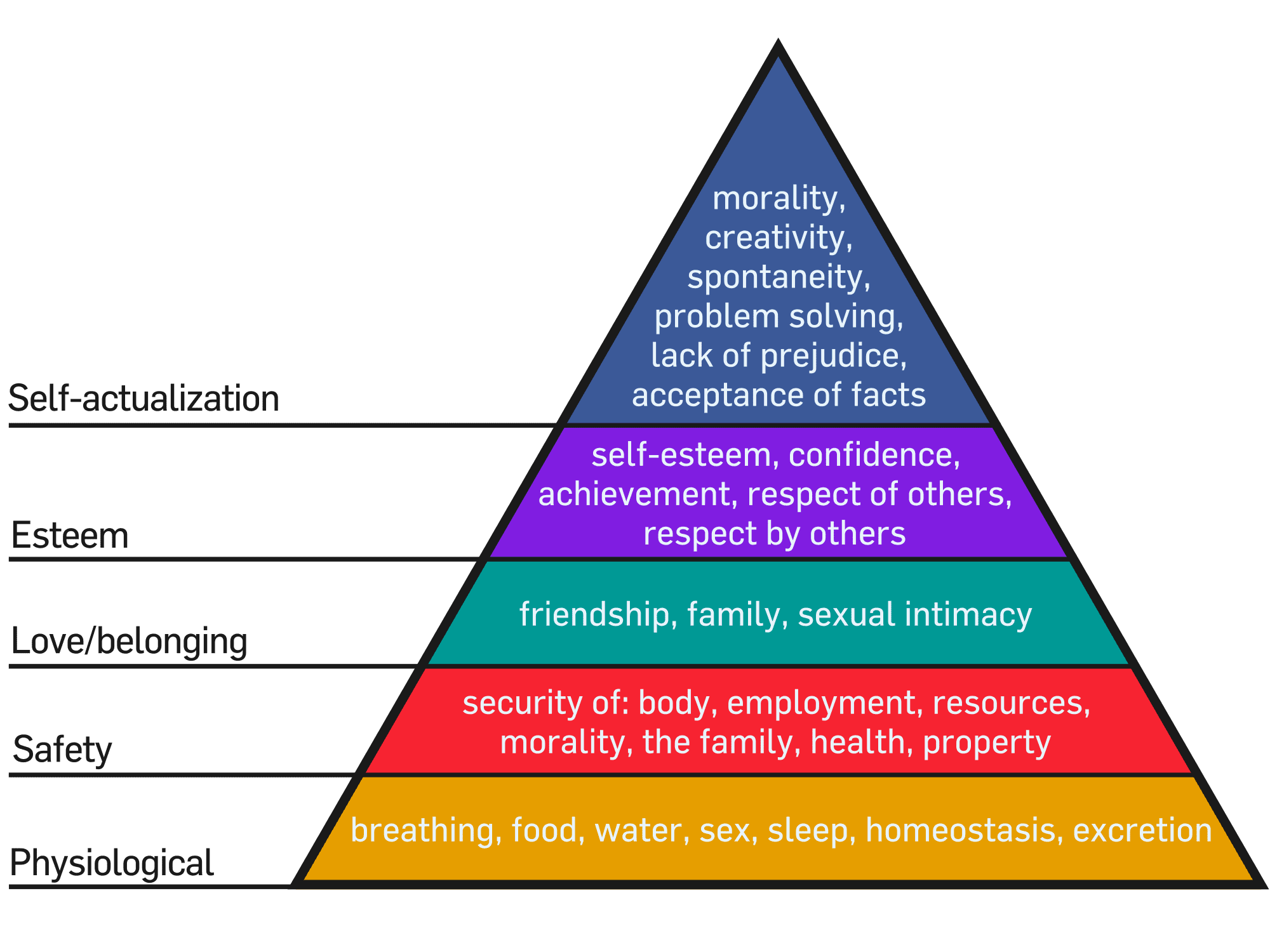As senior living evolves, communities must adapt their brands to meet the needs of a changing senior population. Rob Love, President and CEO of Love & Company, recently shared his insights on the importance of evolving community brand strategies on the Unfair Advantage podcast hosted by Mona Hilton of Advantage Anywhere. Rob emphasizes the need for senior living communities to boldly embrace new approaches and to stay relevant by reimagining their senior living branding.
Changes in senior living began a generation ago
Senior living communities went through a significant period of change about 25 years ago as members of the “Silent Generation” began moving to Continuing Care Retirement Communities (CCRCs.) They wanted the good healthcare, choices and flexibility that a modern community could provide.
The Silent Generation may have been drawn to a continuum of healthcare, but baby boomers are a whole different kind of senior. “They’re like the Silent Generation on steroids,” Rob says. “And there are many commonalities among these new seniors and society as a whole.”
Understanding Boomers’ priorities in senior living
Boomers are focused on health and wellness. They understand the importance of social connection and embrace using technology. They also want their senior living community to be an integral part of the greater community, with strong intergenerational ties.
“The prevailing attitude of today’s seniors is ‘Don’t tell me how well I’m going to fit into your community, tell me how you’re going to meet MY needs,’” Rob says.
This mindset empowers seniors to live as they desire. In fact, a recent study of senior living community lead base members found 85% of respondents wanted a 10-year plan that would enable them to learn, teach, grow and contribute.
Empowerment is a new approach in communities
For years senior living communities have focused on meeting their residents’ safety, security and care needs. Rob says, “The message was, ‘we’ll provide for your care as long as you need it.’”
Today, the concept of empowerment moves away from the “care” model and toward satisfying higher levels of human needs. The most successful communities are pushing toward the top of Maslow’s hierarchy of needs—self-actualization.

Most seniors wait until they’re older than 80 to move to a senior living community because they’re resistant to a care-oriented lifestyle. “Today’s seniors are active and vital, and not ready to be sedentary,” Rob says.
The Life Plan Community of tomorrow
Communities that lean toward empowering their residents have had exceptional results and Rob cites a prime example.
“Several years ago The Overlook in Charlton, Massachusetts, installed a brewing system for a new resident Steve Dragon, a lifelong brewer. This was Steve’s way to extend his own passion for brewing to the other residents at The Overlook. Today, ‘The Brew Crew’ he established boasts dozens of members and brews award-winning beers under the brand name ‘Senior Moment!’ That’s a story of empowerment and self-actualization.”
Assessing senior living branding: What’s working and what’s not?
Many communities work hard to meet the needs of tomorrow’s residents. They fix inventory, phase out smaller apartments, combine units or take down older buildings. And many are downsizing healthcare units in favor of in-home care. Doing so reduces the need for assisted living and skilled nursing.
Rob notes, “The ones that are not doing these things may have had great success in the past, but they’re not reinvesting in themselves. So, census is slipping, they’re struggling to rebuild after COVID-19 and their financial strength is dwindling.”
There are still senior living branding opportunities despite more competition. Today’s senior living market is more competitive than ever. Tremendous growth in rental communities now competes with Life Plan Communities. Home care is also more popular as many seniors opt to remain in their homes.
But communities can create value by focusing on holistic health and wellness, keeping people active longer. The good news is that Life Plan Communities already help residents achieve their health and wellness goals by offering:
- Medical services
- Fitness centers
- Dining and nutrition programs
- Social connection programs
“Life Plan Communities can bring it all together in one package like no one else out there,” Rob says. “What’s missing is a technological tool that communities can use to integrate data from all of these sources and create an overall picture of wellness. That’s something our field needs to develop.”
How to stay competitive in this evolving market
“Moving beyond being just a CCRC and fulfilling the promise of Life Plan Communities requires thinking differently, educating boards and management, and getting everybody on the same page about future goals,” Rob says.
One example may be envisioning “niche” communities, such as:
- Enso Village. A Kendal Affiliate and Zen-inspired community near San Francisco.
- Lasell Village. A community with a strong focus on lifelong learning located on a university campus.
Doing this requires understanding your market, your competition and your consumer, and then looking for untapped areas that are ripe for a niche focus.
The key to reinvigorating a dated senior living brand
The final step is empowering a community’s board and leadership to take the necessary steps. That’s the playbook that John Knox Village in Pompano Beach, Florida, followed.
John Knox Village was a large community with census in the low 80%s when Love & Company started working with the community in 2008. It was a dated community in many ways until they became a success story.
A change in the board and community leadership sparked changes. Now, a shaded aquatics center has been built, dining has transitioned from one hall to seven venues and a new cultural arts center opened. In addition, 140 new and larger residences that meet the needs of today’s market are being added. In so doing, the census has increased to the mid-90s!
Rob concludes, “Things are continuing to change, and communities cannot rest on their laurels. Without reinvention, they risk becoming irrelevant in the very near future.”
Get professional help with senior living branding
If you’d like personalized support with your senior living branding or want to develop a successful senior living marketing strategy, we’re here to help. Contact Rob Love at rlove@loveandcompany.com or call 240-575-1180 to start a conversation. Be sure to watch the full podcast with Rob Love and Unfair Advantage for even more insights.




